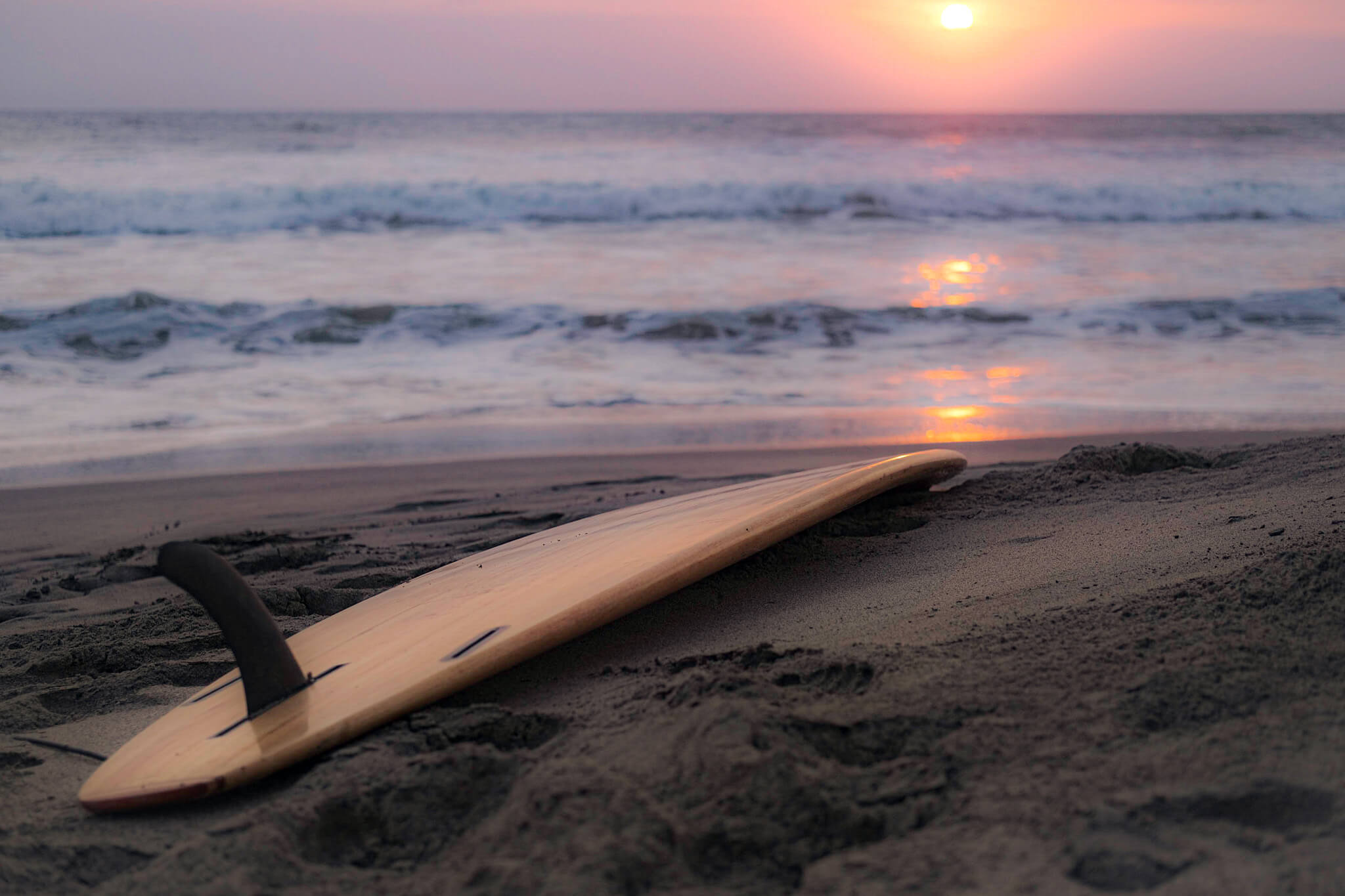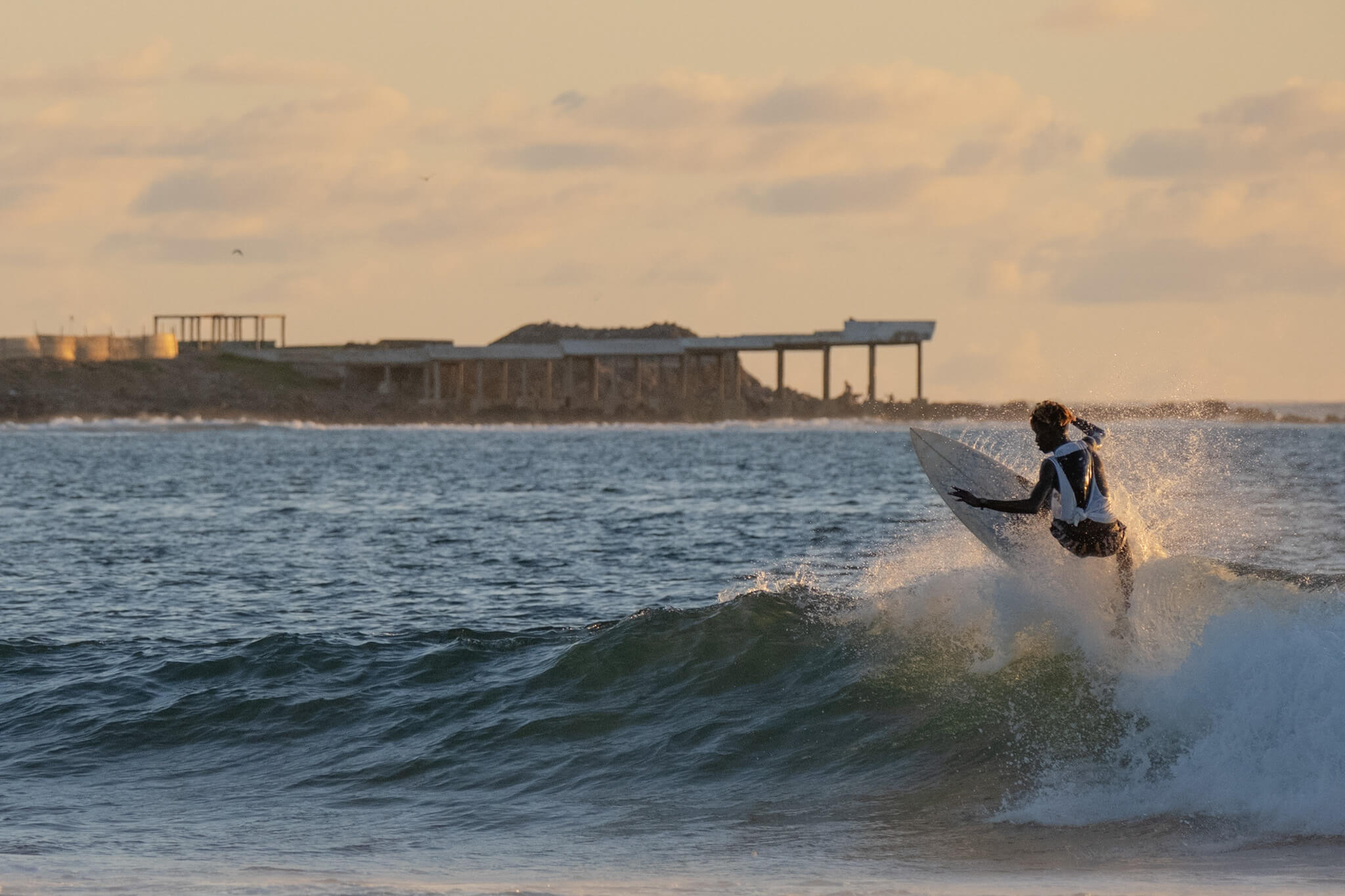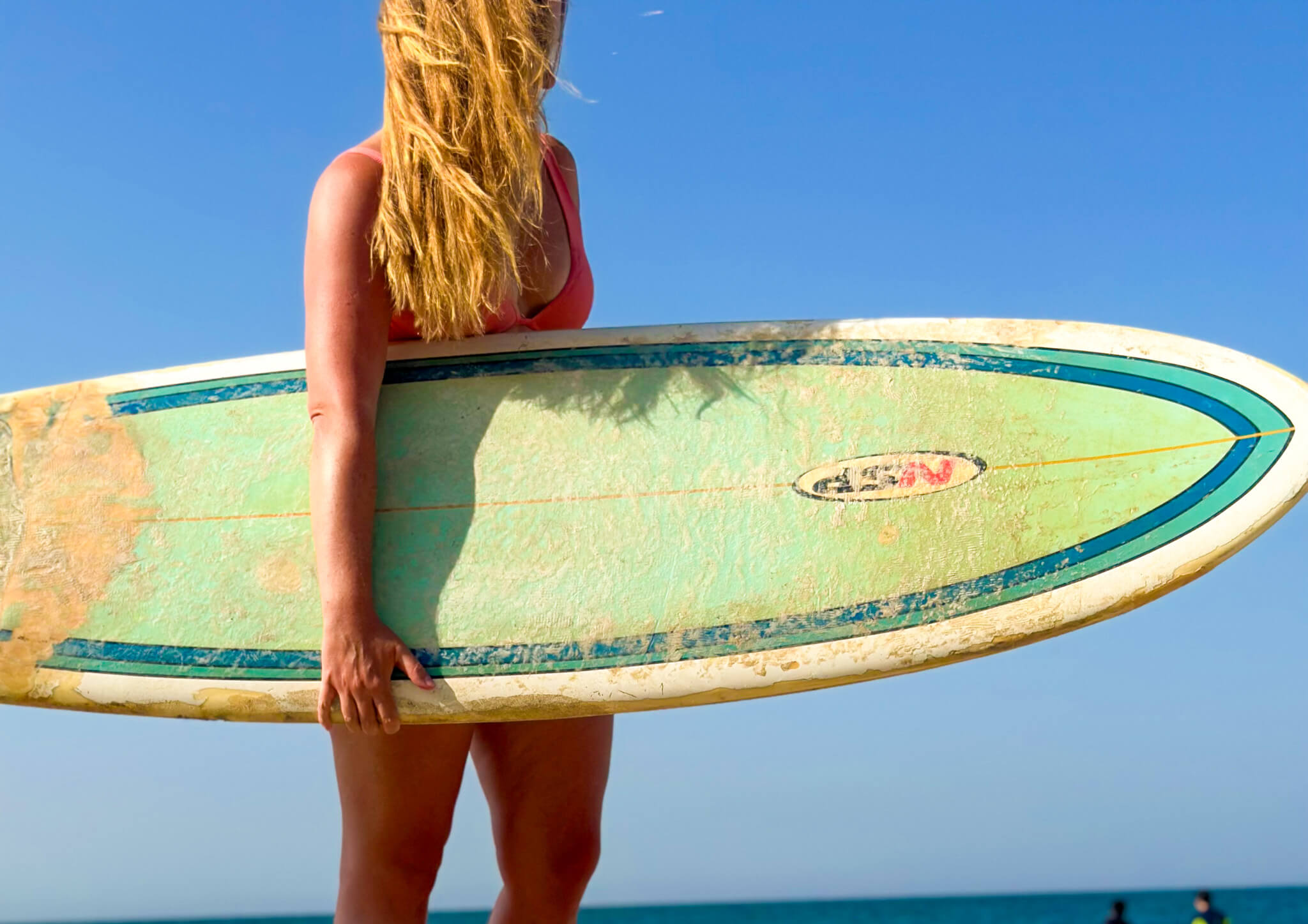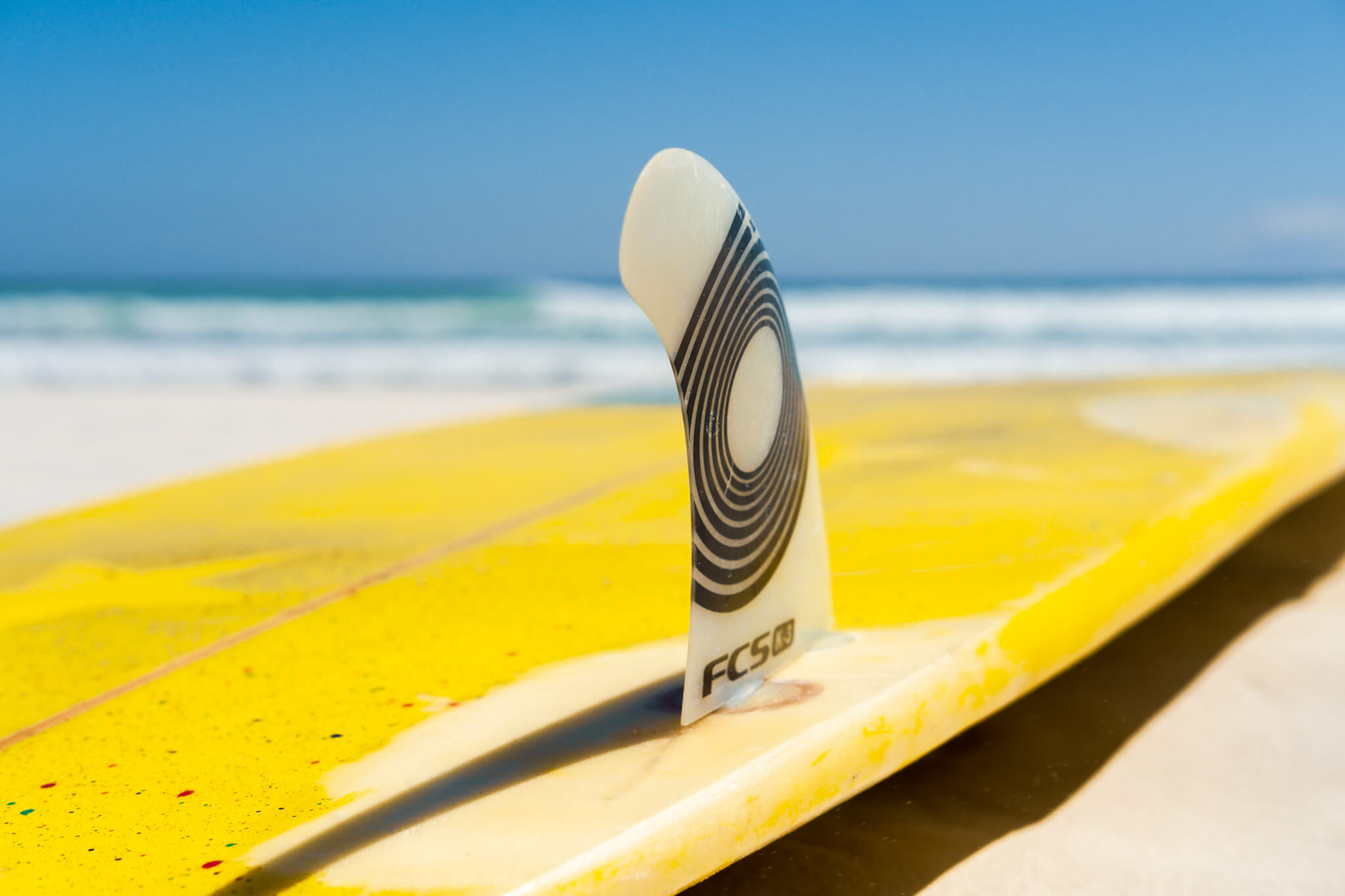Have you ever wanted to chase the endless summer? I know I have!
Growing up I was obsessed with the beach bum surfer life, Kelly Slater posters pulled from Surfer Magazine adorned my walls and although raised in sunny Southern California I didn’t begin my surfing adventure until my 30s. Perhaps making up for lost time, I now find myself planning trips around surf locations and exciting breaks I want to explore.
Here you won’t find advice on beaches in Malibu or the Algarve, this is for the person who wants to surf a break that breaks away from the traditional surf spots everyone knows.
However, if you’re familiar with The Endless Summer you might recognize a few spots. Click on the links below for specialized guides for each location!
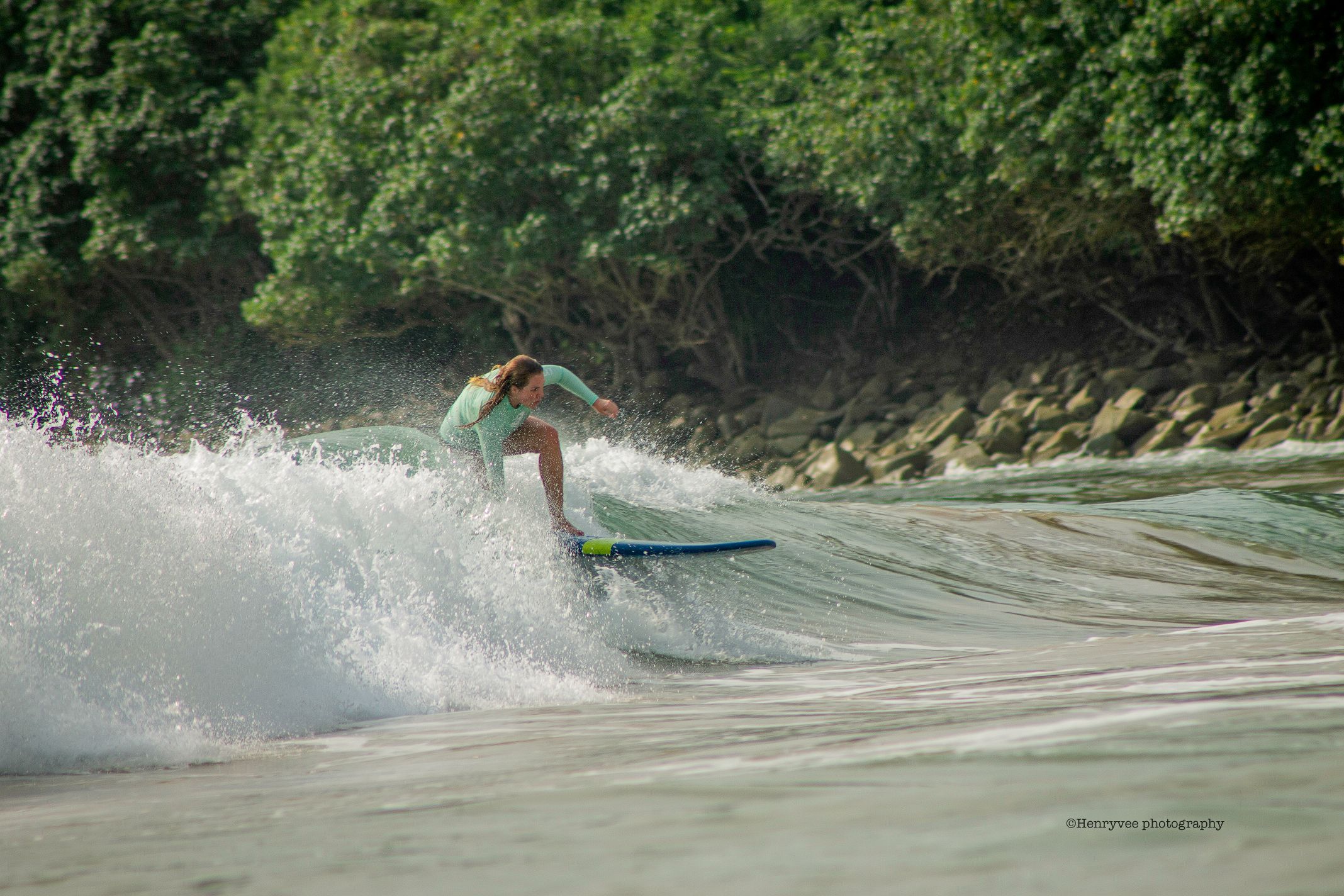
Busua Beach, Ghana
Being one of the classic locations from the film itself, Ghana is a hidden gem for surfing.
Although there are spots close to the capital, I recommend venturing further down the coast to find crystal-clear waters and only a brief smattering of other tourists. What immediately struck me about the location was the contrast in landscape. The jungle runs right up to the sand, providing lush shade and vegetation immediately adjacent to a beautiful beach. In fact, at night you can even hear the sounds of Bush Babies and monkeys in between the sound of crashing waves.
Busua is perfect for beginner and intermediate surfers and there are a couple of surf schools along the beach if you would like to take lessons or simply rent equipment. The primary break is a beach break with white sand underneath the waves which eliminates a lot of potential injury, especially if you’re a newbie. There are other breaks including a point break within a short travel distance, however they require about 30-40 minutes of padding to arrive at so it’s not for the faint of heart…or upper body strength.
How to get there
Getting to Busua is easily achieved via two ways – the direct route and the more scenic route. I had the luxury of time so I took the scenic route, stopping at smaller towns along the coast to see as much as I could during my time. The local buses are safe in Ghana and have the option for a more luxurious ride with air conditioning if you so choose. And compared to other public transportation in Africa, they run more or less on time and you can buy tickets with your phone.
I took the STC bus from Cape Coast to Takoradi. They also run a route direct from Accra to Takoradi if you need an option that is in between flying and multiple stops along the way like I did. This route costs 85 GHc (about $7) and takes roughly 5-6 hours. Tickets can be booked online but you will need a local phone number to make the purchase as the ticket is sent by text message. Another good bus option is V.I.P. and although the don’t run a direct route from Accra, you can take use them to get to Cape Coast or elsewhere along the coast if you option for the scenic route.
The bus route is a great way to see local life and have a more immersive experience. Even on the nicer buses you’ll still see goats or chickens as fellow passengers, reminding you that you’re a long way from your usual commute!
If you don’t have the time to spend leisurely touring the coast then your best bet is to fly into Takoradi airport and either arrange a ride from your accommodation or hire a taxi to drive the hour or so to Busua. Much of the route is on a dirt highway, so make sure to allow plenty of time to catch your flight for your return.
The airport itself is small and easy to navigate, having only about 2 runways. There are connections from the capital too, so if you’re unable to spend a day or two in Accra then you can change to the domestic terminal and fly directly to Takoradi from there.
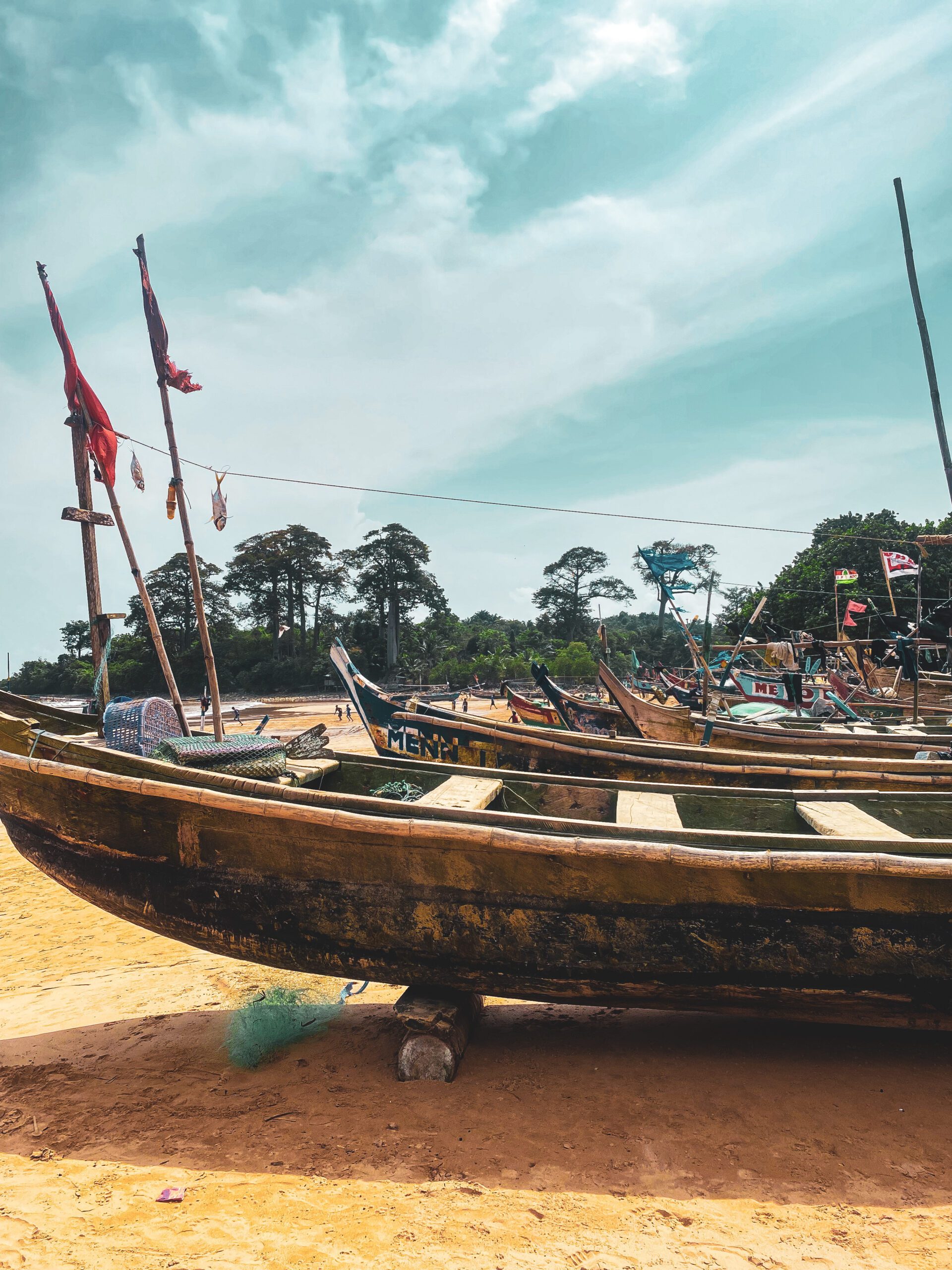
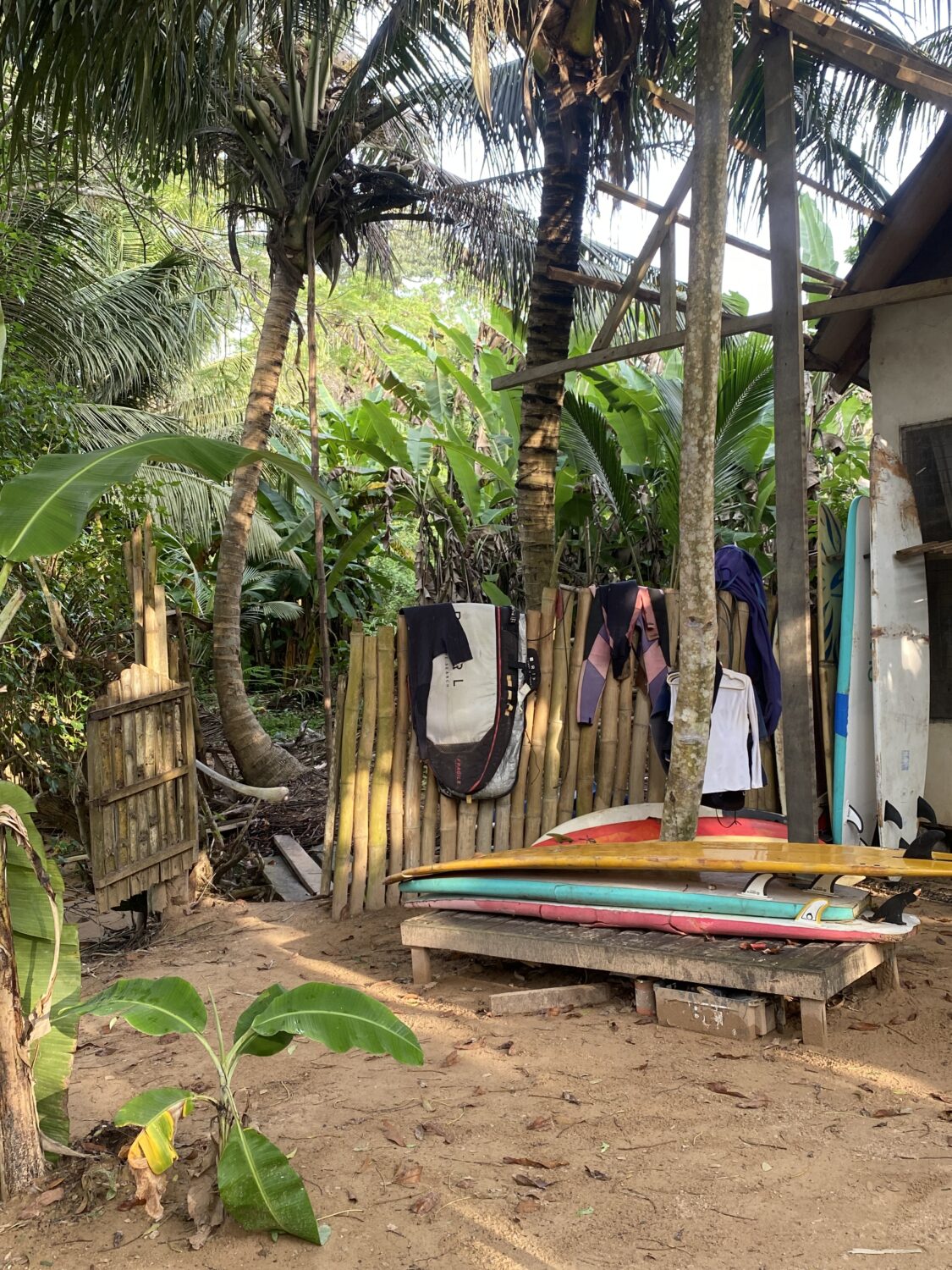
Where to stay
As more of a flashpacker myself I highly recommend the Ahanta Eco Lodge. The grounds are a stunning combination of local materials redesigned with an aesthetic eye. The lodge also runs a surf camp which provides board rental and lessons from very skilled local guides.
Ahanta has both budget rooms without air conditioning as well as stunning Balianese style rooms with a more luxurious feel and A/C. The main building serves an included breakfast in the morning, an optional dinner in the evening, and a bar serving very tasty and affordable cocktails made with local ingredients. It’s also a place frequented by locals, so in addition to shared travel tips and stories from other backpackers, you can chat with locals about their own suggestions of what to see and do while experiencing a genuine local vibe. The main compound also boasts a small deck which overlooks the water at high tide where yoga
lessons are offered at a small additional fee.
A bit further down the beach, across from the local beach break, and the meeting point for the surfers, Ahanta also has a beach house with a small outside patio and partial kitchen which is perfect for a larger group looking to have their own space. The beach house is easily accessible from the main building via wading in a shallow jetty at high tide or a more sandy walk in low tide and a roughly 200 meter walk down the beach, often dodging a slightly deflated football being kicked around by barefoot locals.
The grounds across both locations are just lovely and provided a relaxing oasis away from the heat and noise of the village.
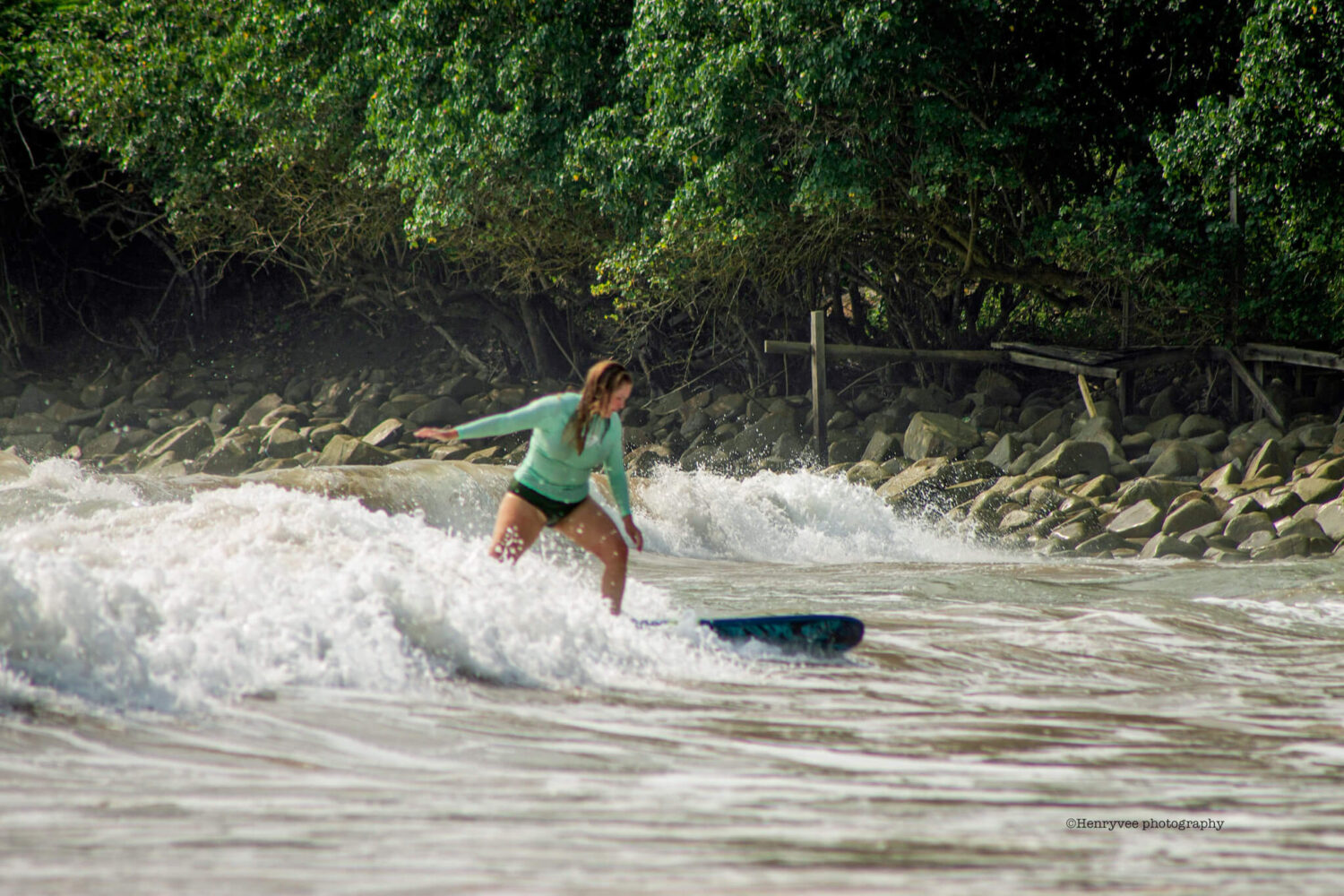
A world away from the traditional red letter surf spots, these locations are not to be slouched on. Offering more than just a good wave, they’re picturesque locations a world away from what you know and a way to make local friends while ensuring an unexpected trip you won’t soon forget!

